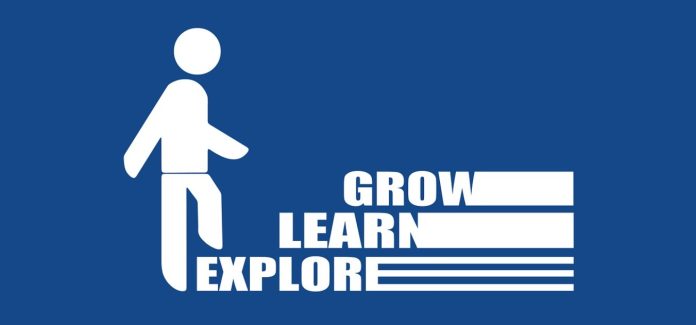Creating a professional development plan that works for you can be difficult, especially if you’re not sure where to begin or what steps to take to get your plan up and running. Luckily, with some helpful tips, you can create your game plan and start on the right foot!
Aside from using a professional resume builder, you can benefit from some suggestions on creating an effective professional development plan to help you grow your skills and advance in your career.
Step 1: Define your goals
Professional development is the process of identifying, acquiring and utilizing knowledge and skills to improve your professional competence. And to develop professionally, a professional development plan is required. It is a formalized set of steps that you take to make progress towards your goals.
Some corporate researches suggest that 59% of employees have no workplace training and skills development, which makes a professional development plan so vital.
These plans can range from informal planning, such as setting personal goals, or they can be more formalized and include an assessment of current skills, learning opportunities, etc. The key is identifying what you want out of your career and then figuring out how you will get there.
Start by thinking about what you want from your work life – be it more money, satisfaction or better hours. Once you know the direction you’d like to head in professionally, think about what skills are necessary for success in this area.
Step 2: Do your research
A professional development plan can help you stay focused and motivated on the things you want to accomplish in your career. It’s essential to create one specifically for your needs, not someone else’s, so research what works best for you.
Here are some things to consider when researching:
- What are my professional goals?
- What am I doing well?
- What programs can help me achieve these goals?
- How often should I meet with people who support me (weekly, monthly)?
Step 3: Consider your timeline
Have you been offered a high-paying job opportunity that is time-sensitive? Have you been working at your current position for a while and feel like it’s time for something new? Do you want to establish yourself as an expert in the field?
You will need to consider these things when creating your professional development timeline. For example, if there is a time-sensitive opportunity, then creating a timeline for meeting its deadline might be crucial. If you’re looking to change jobs or careers, establishing yourself as an expert might be important to include in your plan.
Step 4: Get feedback
When you have the right feedback, it can make all the difference. The best way to get feedback on your professional development plan is to ask someone who has been in your shoes.
When talking with someone else about their career, you can find out what worked for them and what didn’t. This will help you create an individualized plan that will work for you. Make sure you listen to the feedback and take notes, so you don’t forget anything!
One of the most critical aspects of this conversation is to be open-minded and try to understand where they are coming from. It’s okay if you disagree, but try not to be defensive when hearing new ideas. They may have good points that could improve your situation.
Ask for specifics, too. When asking for feedback from others, it’s important that you specifically know what you want advice on. This will give them a better idea of how they can help.
- What areas do you need advice on?
- What do you need assistance with?
- Do you want assistance looking at opportunities?
- Do you want assistance getting something off your plate?
- Will you benefit from these professionals and be able to ask them to be a reference in the future?
- What are some things you’ve tried in the past to develop your professional skills?
- What do you want your professional development plan to accomplish this year?
- Which resources would be best for accomplishing your goal?
If you have a budget, consider investing in career coaching sessions so you will be guided in your journey.
Step 5: Review and revise
A plan is only as good as its ability to help you achieve your goals. Review and revise your plan regularly to make sure it’s on track and making progress. In order to review and revise your plan, you’ll need to answer these questions:
- What are the main goals I want to accomplish in the next month?
- What are the main goals I want to accomplish in the next year?
- How am I currently working towards my goals?
- Are there any strategies or tactics missing?
- How do my work habits contribute or detract from achieving my goals?
- Do I need to make changes? If so, what kind of changes should they be?
- What skills do I need in order to meet these goals?
- What steps can I take now in order to reach these goals?
- Do you have hobbies and skills that will help you achieve your goals?
- Does this change require me to modify other aspects of my plan?
- Do I have the resources available now to put these changes into place?
- Is this change worth the time and energy required?
These are just some questions you can ask yourself when reviewing and revising your professional development plan. Once you have them answered, setting measurable and achievable goals is easy.
Key Insights
Remember, these goals may not be achievable overnight. So, it’s important not only to have a long-term goal in mind but also short-term milestones as well so that you stay on track with your professional development plan.
The steps to creating a professional development plan may seem challenging. But every step is crucial to ensure your success.


































